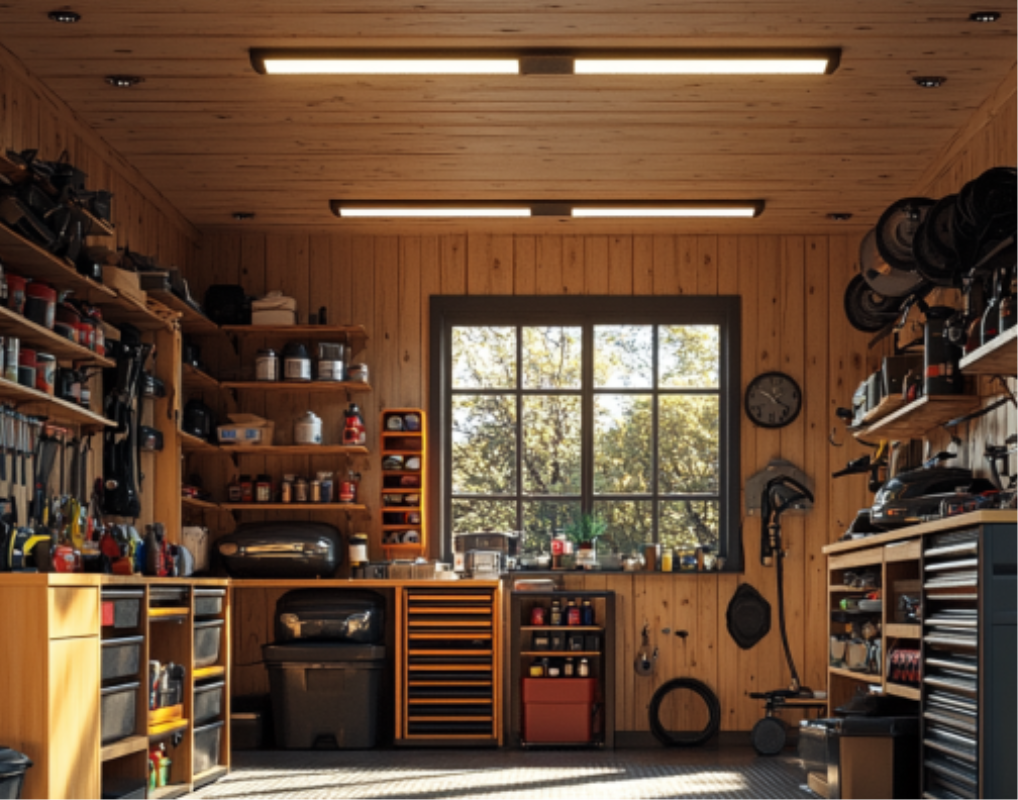Living in a small space doesn’t mean sacrificing style or functionality. With the right furniture choices, you can make the most of every square inch while maintaining a beautiful, comfortable home. Whether you’re in a cozy city apartment or a compact home, here’s how to pick furniture that works smarter, not harder, for your space.
1. Prioritize Multi-Functional Furniture
When every bit of space counts, furniture that serves multiple purposes is your best friend. Look for pieces that can do double (or even triple) duty. Here are some ideas:
- Sofa Beds: Perfect for hosting overnight guests, a sofa bed saves you from needing a separate guest room.
- Ottomans with Storage: Not only can you use them as footrests or extra seating, but built-in storage compartments keep blankets, books, or other items tucked away.
- Lift-Top Coffee Tables: These tables are great for hidden storage or as makeshift desks for work or dining.
- Murphy Beds or Wall Desks: Disappear when not in use, freeing up valuable floor space during the day.
The key here is to evaluate your lifestyle and think about how a piece can serve more than one need.
2. Choose the Right Size and Scale
Small spaces call for furniture that fits the proportions of the room. Oversized furniture can easily overwhelm a space and make it feel cramped. Here are a few tips for choosing the best-sized pieces:
- Compact Sofas and Loveseats: Instead of a large sectional, consider a loveseat or a smaller, slim-framed sofa.
- Drop-Leaf and Extendable Tables: Dining tables that can expand or collapse help save floor space but offer flexibility for gatherings.
- Slim Armchairs: Opt for chairs with narrower legs or arms to create a sense of openness.
Remember, it’s all about balance. A few scaled-down and lightweight pieces can make your small space feel more open and breathable.
3. Lean on Space-Saving Designs
When it comes to small spaces, smart design can be as important as function. Seek furniture with built-in space-saving features like:
- Wall-Mounted Shelves or Folding Desks: Perfect for saving floor space while maintaining functionality.
- Tall Bookcases and Storage Units: Vertically oriented pieces utilize your room’s height and provide ample storage.
- Stackable Chairs or Nesting Tables: Easily store them away when not in use and bring them out as needed.
Think of vertical and hidden storage solutions as ways to “create” extra space in your room.
4. Opt for Light Colors and Reflective Materials
Color and materials play an important role in how we perceive space. To make your small space feel bigger and more open, keep these tips in mind:
- Light Colors: Choose furniture in neutral or pastel shades to brighten up your space and create an airy feel. Darker furniture can feel heavy and overpowering in a confined area.
- Mirrored or Glass Surfaces: Pieces like mirrored coffee tables or glass dining tables give an illusion of more space by reflecting light throughout the room.
- Metallic Accents: Small doses of metallic finishes can add sophistication without making the space feel crowded.
A light color palette paired with reflective details creates an illusion of spaciousness, transforming even the tiniest room.
5. Plan Your Layout Thoughtfully
Even the most compact furniture won’t help if the layout isn’t optimized. Think strategically about how to arrange your pieces to maximize both function and comfort. Consider these tips:
- Create Zones: If you’re working with an open-plan layout, use furniture to define zones for sitting, dining, or working.
- Floating Furniture: Don’t shove everything against the walls. Sometimes floating pieces in the middle of the room can create better flow.
- Leave Pathways: Always leave enough space for people to move comfortably through the room. Walkways of at least 24 inches wide are ideal.
Sketch a floor plan, use online room planners, or create a template with masking tape on the floor to visualize how your furniture will fit.
6. Don’t Forget About Accessories
Finally, it’s not just about the big pieces of furniture. Small touches and accessories can help tie everything together and make your space feel complete:
- Storage Baskets or Decorative Boxes: Keep smaller items organized and out of sight, but still easily accessible.
- Wall Hooks or Pegboards: Utilize vertical space for hanging coats, bags, or kitchen tools.
- Foldable or Collapsible Items: For example, folding chairs or collapsible laundry hampers can save space when not in use.
- Throw Pillows and Rugs: Add pops of color and texture to define spaces and make them cozier.
Accessories may be small, but they have a big impact on functionality and aesthetics.
Make the Most of Your Space
Choosing the right furniture for small spaces is all about being strategic. Think multi-functional, consider scale, and prioritize designs that maximize vertical or hidden storage. Thoughtful color choices and clever layouts will help make your space feel larger and more inviting.
It’s not just about cramming everything in; it’s about curating a space that works for your lifestyle. With these actionable tips, you’re well on your way to creating a stylish, functional home that feels like anything but small! What’s your first project? Get inspired, and start making your small space work for you!







